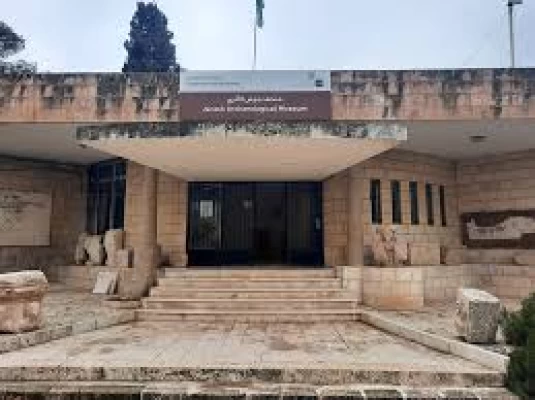
Jerash Archaeological Museum
Jerash Archaeological Museum
The Jerash Archaeological Site, as its title suggests, is a site pregnant with history and culture, especially with regards to Roman affairs. Jerash is believed to have been established in the second century before the common era and turned out to be in the Roman Empire in the first century of the common age. The city developed so well and so fast that, at that time, it was one of the wealthiest and most significant cities in the Middle East.
The area of Jerash, which is an archaeological site, has a long history too. At the height of development, this city incorporated grand edifices, performance places, shrines, water engineering systems, and other buildings to create a city. And then, after the Roman Empire fell, the city of Jerash experienced difficulties and became a ghost town.
The Jerash archaeological ruins are well-known and appreciated by tourists from all over the globe, as they comprise numerous Roman ruins including the Jerash Theatre with a sitting capacity of 3,000 people, which is among the major sites of interest in the country of Jordan. Strategically, there is also the advantage of Jerash being located close to the Dead Sea and the capital city of Jordan, Amman.
The museum was founded in 1985 and contains different artifacts from different ages that have inhabited the region right from the early stone age to the recent Islamic civilization which include, pots, ornaments, currencies, sculptured images, and floor artworks. The outer compound of this museum contains cinerary stones ornated with varied ornaments, pavers and shrines.
Archaeological investigations at this location started in the 19th century, demonstrating its astounding historical depth. Ongoing restoration work has been done to preserve the beauty and relevance of the Jerash archeological site.
One of Jordan's most popular tourist destinations nowadays is this archeological site. In addition to admiring the stunning architecture and exquisitely carved statues, visitors may explore the remains of this ancient city and experience the aura of a rich past.
Jerash hosts several literary, musical, and cultural events on a regular basis, which enhances the attraction of the location. Jerash is sometimes referred to as the “City of a Thousand Columns” because of the large number of old Roman columns that exist in its squares and streets.
Built in the second century AD, the spectacular remains also feature a Roman amphitheater that was utilized for readings and plays as well as athletic competitions. There are also some buildings from the Byzantine and Islamic eras, including a church and the famous Umayyad Mosque.
Due to the numerous ancient Roman columns standing in its squares and streets, Jerash is often referred to as the “City of a Thousand Columns.” The impressive ruins also showcase a Roman amphitheater built in the 2nd Century AD, used for athletic contests and performances of dramas and readings. A number of structures from the Byzantine and Islamic periods are also present; among them is the well known Umayyad Mosque and a church.
All of these monuments, together with the stunning natural mountains that around it, provide tourists a singular experience in Jerash. You may go about the site or ascend to the neighboring heights to eat some fast food from the area. Additionally, tourists and visitors who like to view local arts and crafts and savor delectable local cuisine have additional possibilities.














